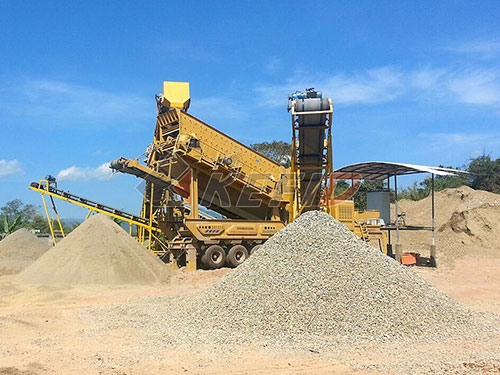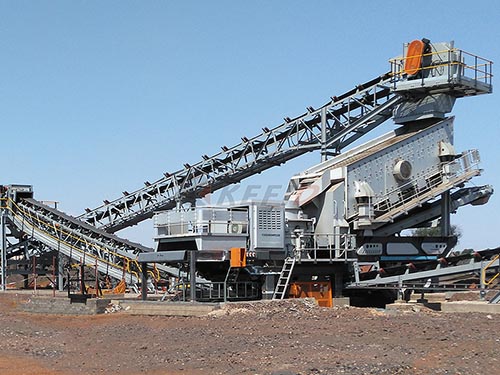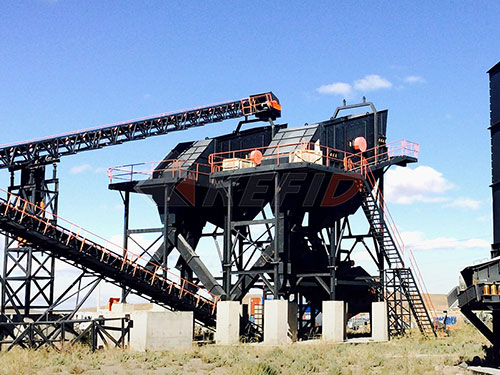Comprehensive Procedures in Stone Crushing Operations: From Quarry to Construction Aggregate
The stone crushing business is a fundamental pillar of the global construction industry, supplying essential aggregates for infrastructure projects ranging from roads and bridges to buildings and dams. Operating efficiently, safely, and sustainably requires meticulous adherence to well-defined procedures encompassing geological assessment, extraction, processing, quality control, environmental management, and logistics. This detailed guide outlines the critical procedures involved in running a successful stone crushing operation.
I. Pre-Operational Phase: Laying the Foundation
1. Geological Survey & Resource Assessment:
Objective: Determine the viability, volume (reserves), quality (rock type – granite, limestone, basalt etc.), hardness (Mohs scale), abrasiveness, and chemical composition of the deposit.
Procedures: Core drilling programs; geophysical surveys; laboratory testing of samples for compressive strength, Los Angeles Abrasion Value (LAAV), Aggregate Crushing Value (ACV), soundness tests; petrographic analysis.
Outcome: Feasibility report detailing resource quantity/quality suitable for intended markets (e.g., concrete aggregate requires low reactivity).
2. Permitting & Regulatory Compliance:
Objective: Secure all necessary legal permissions before commencing any activity.
Procedures: Identify relevant local/state/federal agencies; submit detailed Environmental Impact Assessment (EIA)/Environmental Management Plan (EMP); obtain mining/quarrying leases or permits; secure air quality permits (dust control); water discharge permits; noise pollution permits; land use permits; transportation permits for haul roads/trucks.
Outcome: Comprehensive permit portfolio ensuring legal operation from day one.

3. Site Planning & Infrastructure Development:
Objective: Design an efficient layout optimizing flow while minimizing environmental impact.
Procedures: Topographical survey mapping; design plant layout considering feed direction(s), primary crusher location relative to face/source material stockpiles), logical progression through secondary/tertiary stages towards final product stockpiles; design haul roads within site; plan water management systems (settling ponds); plan explosive storage magazine location if blasting required; design power supply infrastructure or generator backup plans.
Outcome: Detailed site plan enabling efficient material flow and safe operations.

4. Equipment Selection & Procurement:
Objective: Choose machinery optimized for rock

Leave a Reply